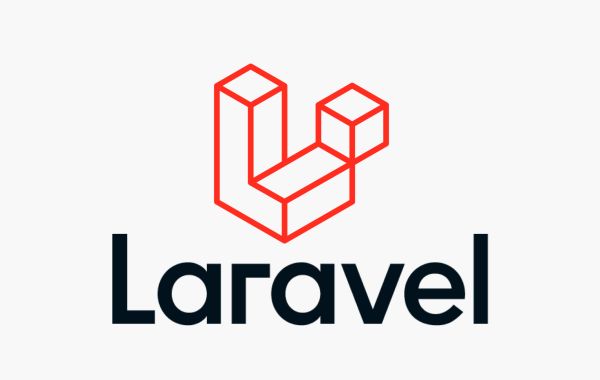The Laravel framework is widely known for its ability to make web development easier and faster. It’s packed with great features and tools, but there are some lesser-known features that you may not be aware of. In this blog post, we’ll take a look at the top 7 Laravel features you didn’t know you needed. From routing to authentication, we’ll explore all the ways that Laravel can help you develop your web applications with ease. Read on to find out how you can benefit from these useful features!
1) Route Model Binding
Route model binding is a powerful feature of Laravel for web development that allows you to easily bind a route parameter to a model. This helps reduce boilerplate code and ensures that the application always receives the appropriate model instance from the database.
Route model binding automatically looks up the record from the database based on the parameter value in the URL. For example, if you have a route like ‘/profile/{user}’, Laravel will automatically look up the user from the database based on the given {user} value. If the record is not found, Laravel will throw a 404 error.
2) The Query Builder
One of the most powerful features of the Laravel framework is its query builder. The query builder provides an easy way to create database queries without having to write raw SQL. It allows you to create complex database queries with minimal code, and can be used for a variety of tasks.
The query builder comes with a range of functions and methods which can be used to build queries for different types of databases. It is possible to use the query builder for creating select, update, delete, insert, and other SQL operations. In addition, it can also be used to easily create joins between tables and subqueries.
3) Eloquent ORM
The Eloquent ORM is a feature of the Laravel framework that makes it easy to work with data and databases. It provides an active record implementation that simplifies working with objects, allowing you to quickly and easily query, update, insert and delete records in your database.
Eloquent also simplifies data relationships. It allows you to easily define one-to-one, one-to-many and many-to-many relationships between different models. With this feature, you can easily manage related models in the same database. For example, you can use Eloquent to easily define a relationship between two models, such as a customer and an order.
4) Blade templating
Blade templating is one of the most popular features of the Laravel framework. Blade is the simple, yet powerful templating engine provided with Laravel. Using Blade, you can create amazing and complex layouts using plain PHP code. Unlike other popular PHP templating engines, Blade does not restrict you from using plain PHP code in your views. Instead, it helps you organize your application’s view layer by making use of its robust set of widgets and widgets-enabled components.
Blade also allows you to easily pass data from the controller to the view and vice versa. This allows you to keep the logic for generating the HTML for a particular view separate from the underlying model data used for the view. With Blade, you can also use layouts, sections and other template inheritances to make your views more efficient and organized. Moreover, blade provides an easy-to-learn syntax, which is quite handy while writing complex templates.
5) Artisan CLI
The Artisan Command Line Interface (CLI) is an incredibly powerful and convenient tool for managing your Laravel applications. Artisan CLI provides a number of helpful commands that can assist you in your development process. It helps you generate components, publish configuration files, perform database migrations, and more.
Using Artisan, you can create and run tasks with ease. For example, you can use the php artisan make:model command to create a new model class. You can also use the php artisan migrate command to apply any pending migrations.
6) Security
When it comes to developing web applications, security is of utmost importance. Fortunately, Laravel provides developers with various tools to help secure their applications. One of the features that comes with the framework is its authentication system. This system allows you to quickly set up authentication and authorization logic. It also includes optional social logins, password reset, and more.
7) Testing
Testing is a critical component of any application, and Laravel makes it easy. Laravel provides several built-in testing methods that can be used to test application logic and behavior. Using the included PHPUnit, you can easily create automated tests for your application and run them using the Artisan CLI. Additionally, Laravel also provides convenient helpers for common assertions and expectations, such as asserting that an item has been stored in the database or that a view was rendered correctly.
Writing tests is easy with Laravel and helps ensure that your application remains bug-free and performs as expected.
Conclusion
The Laravel framework is a great tool for web development and offers powerful features and capabilities. The seven features discussed in this article are just a few of the many that can be found within the framework, making it a great choice for developers. With its flexibility and scalability, Laravel allows developers to create complex applications quickly and efficiently. If you're looking for the top Laravel development company to help you with your project, there are a number of companies available to choose from. Make sure to research each option carefully and find one that can offer the best experience for your specific needs.








